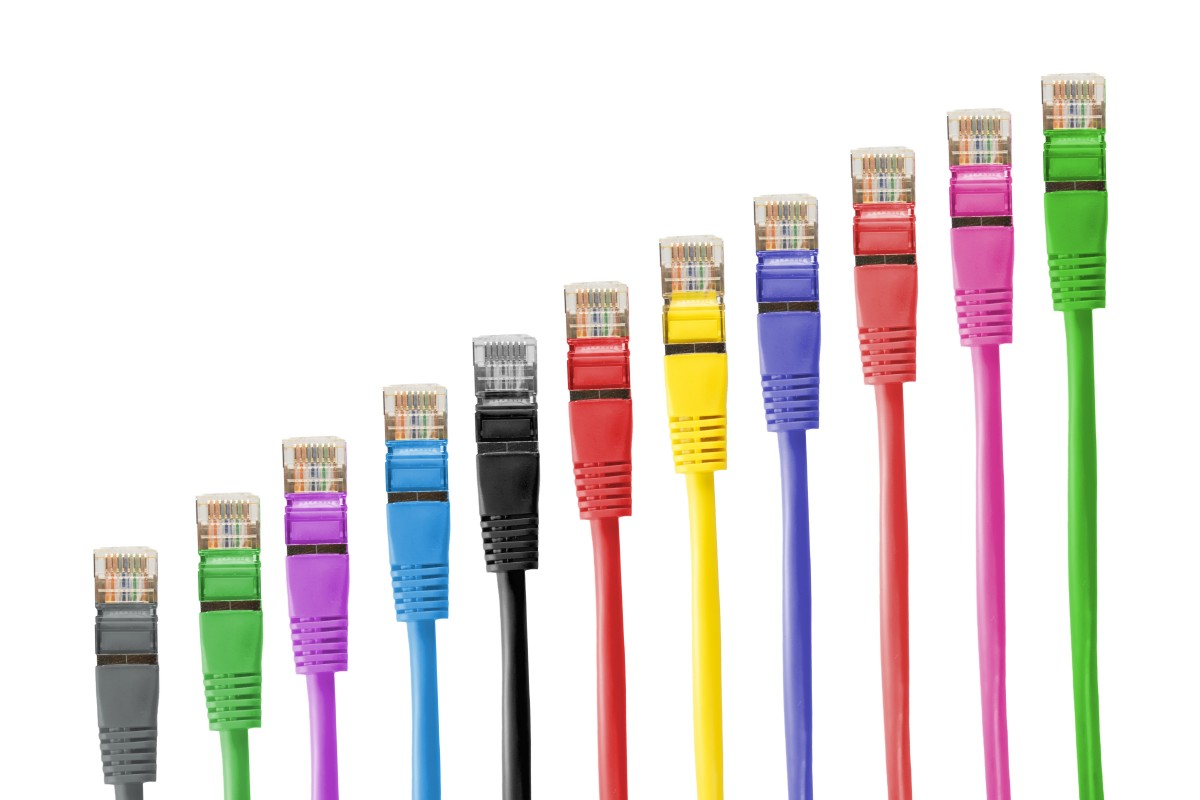Africa News
Broadband accelerates across Africa
By FIDA KIBBI, VP and head of marketing and communications for Ericsson MEA
Share
- Click to share on X (Opens in new window) X
- Click to share on Facebook (Opens in new window) Facebook
- Click to share on LinkedIn (Opens in new window) LinkedIn
- Click to email a link to a friend (Opens in new window) Email
- Click to share on Reddit (Opens in new window) Reddit
- Click to share on WhatsApp (Opens in new window) WhatsApp
- Click to share on Pinterest (Opens in new window) Pinterest
If Africa is to compete in the digital age, a focus on people and the young ones is the starting point, and in parallel we need to leverage the power of connectivity to enable education and from there reap the benefits to the society and the economy.
So how can we enable digital inclusion to support the future of education?
Key enablers to support digital inclusion and greater adoption of mobile services to support future education are having the infrastructure in place, smartphone affordability, consumer educational readiness and content.
This pandemic has created the largest disruption to the education systems in history! Nevertheless, this crisis has stimulated innovation and was a great example of the power of connectivity sustaining education and also the power of collaboration. When all partners came together to enable connectivity and develop solutions for schools, education was sustained.
This inspired us at Ericsson to partner recently and join forces with UNICEF to help close the digital gap by mapping unconnected schools worldwide in 35 countries by the end of 2023, many of which are in Africa. This is a critical first step towards providing every child with access to digital learning opportunities. This joint effort is part of the Giga initiative that aims to connect every school to the internet.
In addition to funding, we are committed to provide resources for data engineering and data science capacity to accelerate school connectivity mapping. Together with our partners in the industry, we will assist with the collection, validation and analysis of real-time school connectivity data. This is part of our Connect to Learn program, a global education initiative which has reached over 180,000 students located across 25 countries to date.
Today, technology is presenting us with an opportunity and it’s on us all to collaborate, change mindsets, drive policy changes and create the necessary environment for knowledge sharing and execution and be part of building a brighter future for Africa.
But how can we contribute moving forward?
If we will have a true impact on inclusion, we must work together on behalf of the excluded population to scale connectivity, enable technology adoption and leverage it towards enabling education. We will need to focus on public-private partnerships and collaborate to create the necessary environment for knowledge sharing and execution. To accelerate digital inclusion, we all have a role to play.
Just because a person is connected doesn’t mean our job is done. It’s about what connectivity will bring to him or her and what it will solve.
Together, we are fighting diseases and technology proved us that it has the power of saving lives and our world. Today, we have an opportunity to set #AfricaInMotion and accelerate Africa’s growth with digital inclusion. We can create historical change with technology as a key enabler; a society where more people have the opportunity to enjoy what we take for granted.
Share
- Click to share on X (Opens in new window) X
- Click to share on Facebook (Opens in new window) Facebook
- Click to share on LinkedIn (Opens in new window) LinkedIn
- Click to email a link to a friend (Opens in new window) Email
- Click to share on Reddit (Opens in new window) Reddit
- Click to share on WhatsApp (Opens in new window) WhatsApp
- Click to share on Pinterest (Opens in new window) Pinterest
Pages: 1 2
| Thank you for Signing Up |



















